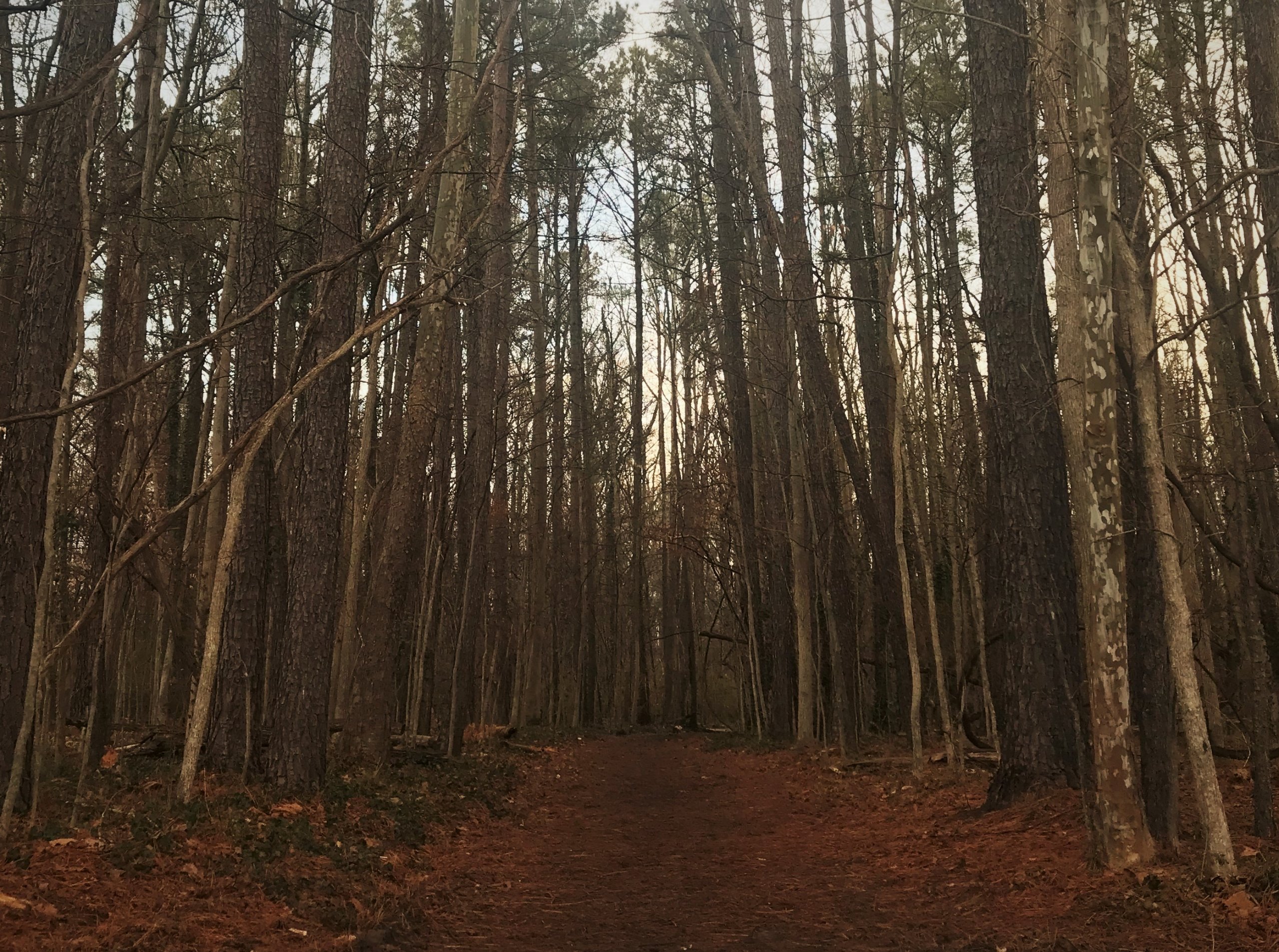When are we going to finally dispel the fiction that the conservation of tree canopy is costly, anti-housing, and detrimental to Virginia’s economy and interests? The tree legislation currently before the governor, described in a recent Virginia Mercury , is full of misleading statements by home construction lobbyists, who once again seek to blame the preservation of small amounts of tree canopy for the imminent collapse of their industry. Nothing could be further from the truth.
The bills merely provide Virginia localities with the option of adopting reasonable standards for tree conservation and replacement in local tree ordinances, yet the homebuilders incorrectly state that the legislation is an onerous statewide requirement. The bills do not require any jurisdiction to create such a tree ordinance if they do not want to. In fact, the current bills set strict limits on the amount of tree preservation that localities can require, from 10 to 30% of lot coverage, depending on the number of units per acre. This limitation was specifically added at the request of the Home Builders Association during General Assembly negotiations on this legislation! Why do they oppose the bills now?
The homebuilders repeat their stock line that the bills will have a chilling effect on development, particularly of affordable housing. I challenge the homebuilder lobbyists to identify a single community in Virginia that is opposing development strictly for the sake of tree preservation. The real story is that growth will continue to happen where consumer demand requires it. Affordable housing will be built whenever localities provide the right incentives for developers to do so. The real truth is that a moderate percentage of tree cover will only enhance the value and livability of neighborhoods across the commonwealth.
The environmental benefits of preserving and enhancing tree canopy should be evident to anyone living in today’s world. My home county of Arlington has seen a nearly 20% decline in its tree canopy in just the last decade, largely due to clear cut development, resulting in hotter neighborhoods, diminished habitat, local flooding, more pollutants into the Chesapeake Bay watershed – the list goes on. Tree canopy is widely recognized as an essential element in maintaining the health of our communities.
But it’s not just environmental benefits that the tree legislation will provide. The social, health, and economic benefits of conserving and replacing trees are huge.
The tree canopy of my home county of Arlington is only 80% of what it was in 2017, according to a recent study by the Green Infrastructure Center. This decline is due largely to clear-cut development, resulting in hotter neighborhoods, diminished habitat, local flooding, more pollutants in the Chesapeake Bay watershed — the list goes on. And with so many communities facing increased storm impacts and flooding, leading to spiraling storm water management costs, it is clear that trees provide cost-effective alternatives to reduce those risks.
Reasonable tree canopy options are not a problem. They are a cost-effective solution that can help communities to maintain a good quality of life. Gov. Glenn Youngkin has a golden opportunity to show that Virginia is a national leader in achieving a smart balance between continued growth and reforestation that can provide prosperity for all. The homebuilders have another chance to get on board and support this goal, as well.
